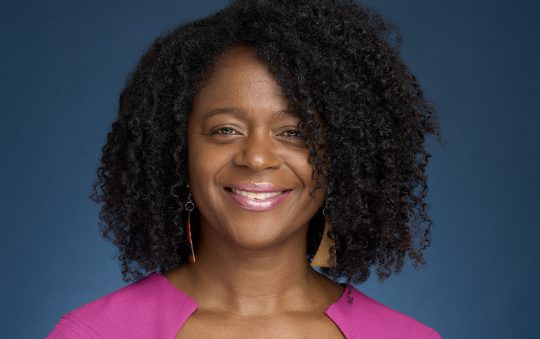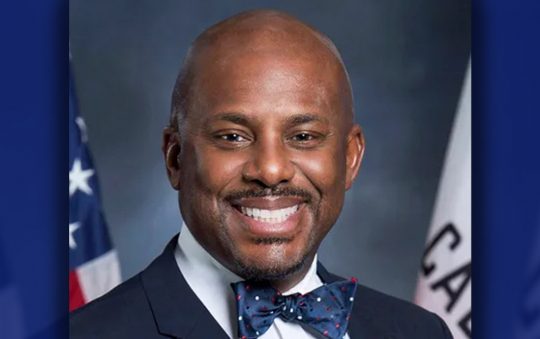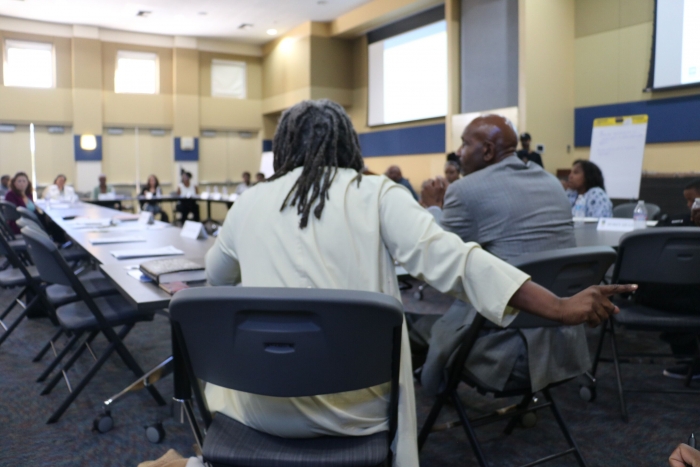
Wednesday, August 28, 2019, LAHSA’s Ad Hoc committee reconvened to discuss the Black people experiencing homelessness in Los Angeles following the most recent meeting held October 22, 2018.
The panel discussion was open to the public and moderated by Mary Lee, committee chair Jacqueline Waggoner, and vice-chair Kelli Bernard. Committee members included were, Va Lecia Adams, Chancela Al-Mansour, Edward Anderson, Jack Barbour, Wendell Blassingame, Rachel Brashier, Oliver Buie, Chela Demuir-Cartier, Brian Ford, Robin Hughes, Janet Kelly, Monique King-Viehland, Veronica Lewis, Juataun Mark, Nova Mirari, Anita Nelson, Alisa Orduna, Molly Rysman, Suzette Shaw, Brenda Shockley, Lola Smallwood-Cuevas, Sean Spear, Reba Stevens, Pete White, Dhakshike Wickrema.
Their findings show that Black people are more likely than white people to experience homelessness in the U.S., including Los Angeles County. In 2017, Black people represented just nine percent of the LA country population, yet were 40 percent of the homeless population. These numbers have a lot to do with racism, both institutionally and structurally in education, criminal justice, housing, healthcare, and employment.
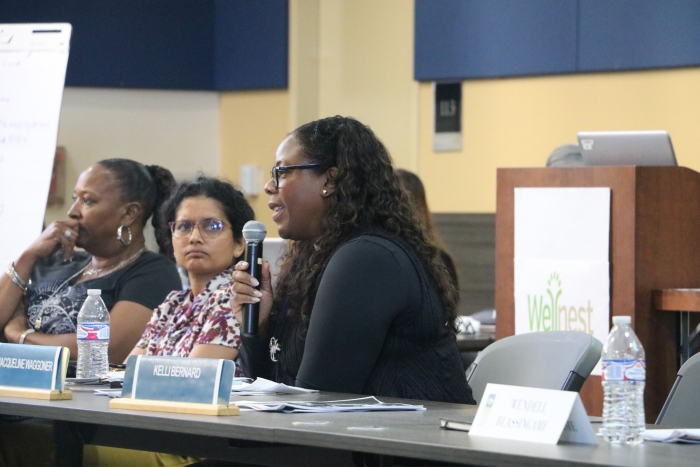
To aid in ending homelessness, the committee set five recommendations in which they focused on for the second hearing: A Racial Equity Action Plan, Community-Based Research, LA City and County Partnerships, Expanding Tenant Protections, Furthering Affordable Housing Development.
The panel discussion focused on three points, where have we been, where are we going, and the prioritization of recommendations to identify action steps. Each speaker had two minutes to share their information, followed by a questionnaire section. The committee also welcomed public commentary towards the end of the event, in which people of the community could share their opinions towards the work being done by LAHSA.
Throughout the hearing, thoughts were shared on what policies are working effectively, how LAHSA can implement new strategies and get on the ground to help the homeless population, as well as where the funds are and need to be in order to curve the increase in Black homelessness.
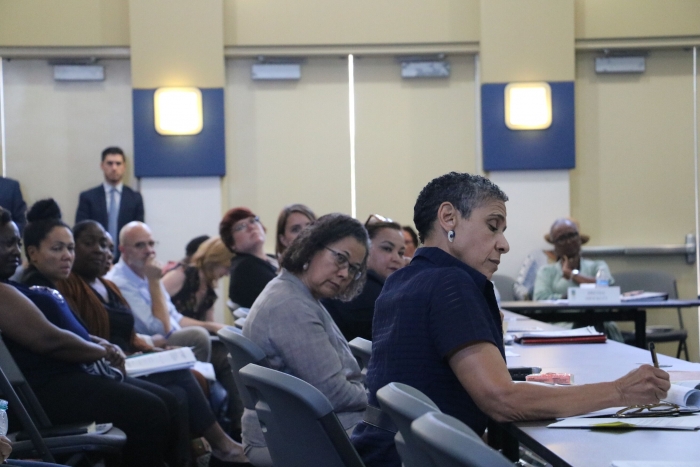
A major focus during this panel, which caused an uprise of emotion and passion for the topic, was the accessibility factor of having people working in LAHSA and other programs who have experience over credentials to better relate to homeless residents, as well as a platform to hear their needs.
“Much of the trauma inflicted is due to our racial biases,” Reverend Oliver Buie states. “If we’re going to make a difference we have to deal with the hard facts, and you know the report, one of the key elements of this report is that racism was the number one thing found, and even know not intentionally racism still plays a role in why we’re not moving forward.”
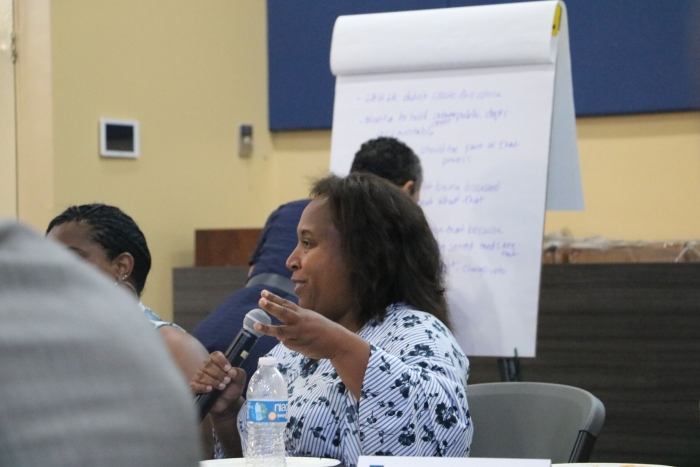
“As a part of evaluation and strategy, that there has to be some workaround anti-Blackness and what that means in what context,” Janet Kelly stated concerning the resources that homeless Black people receive. “I am hoping that the whole issue around anti-Blackness is addressed because if we don’t have Black male representation, what good is it for us to be around the table to talk about disrupting a system when we are in essence cosigning on a system that has historically kept Black men from being in leadership roles.”
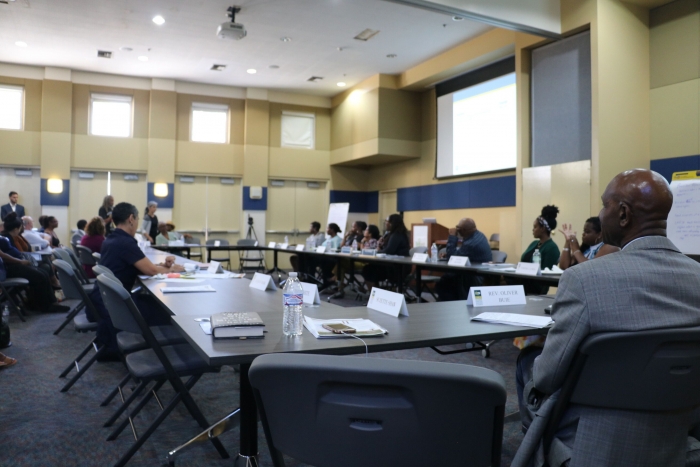
“Black people can’t be an ‘and’ and we can’t be an ‘asterisk’, we have to be 100 percent 365 days of the year Black.”
Committee chair, Jacqueline Waggonner ended the hearing with a call to action, detailing how imperative it is now to further promote change by truly digging into the work beyond just the discussions. With the use of sub-committees and proper knowledge and groundwork, many believe a change is near and possible.
“We actually have to get to work in executing the recommendations,” Waggoner stated. “I’m trying to get us from discussion to action.”




